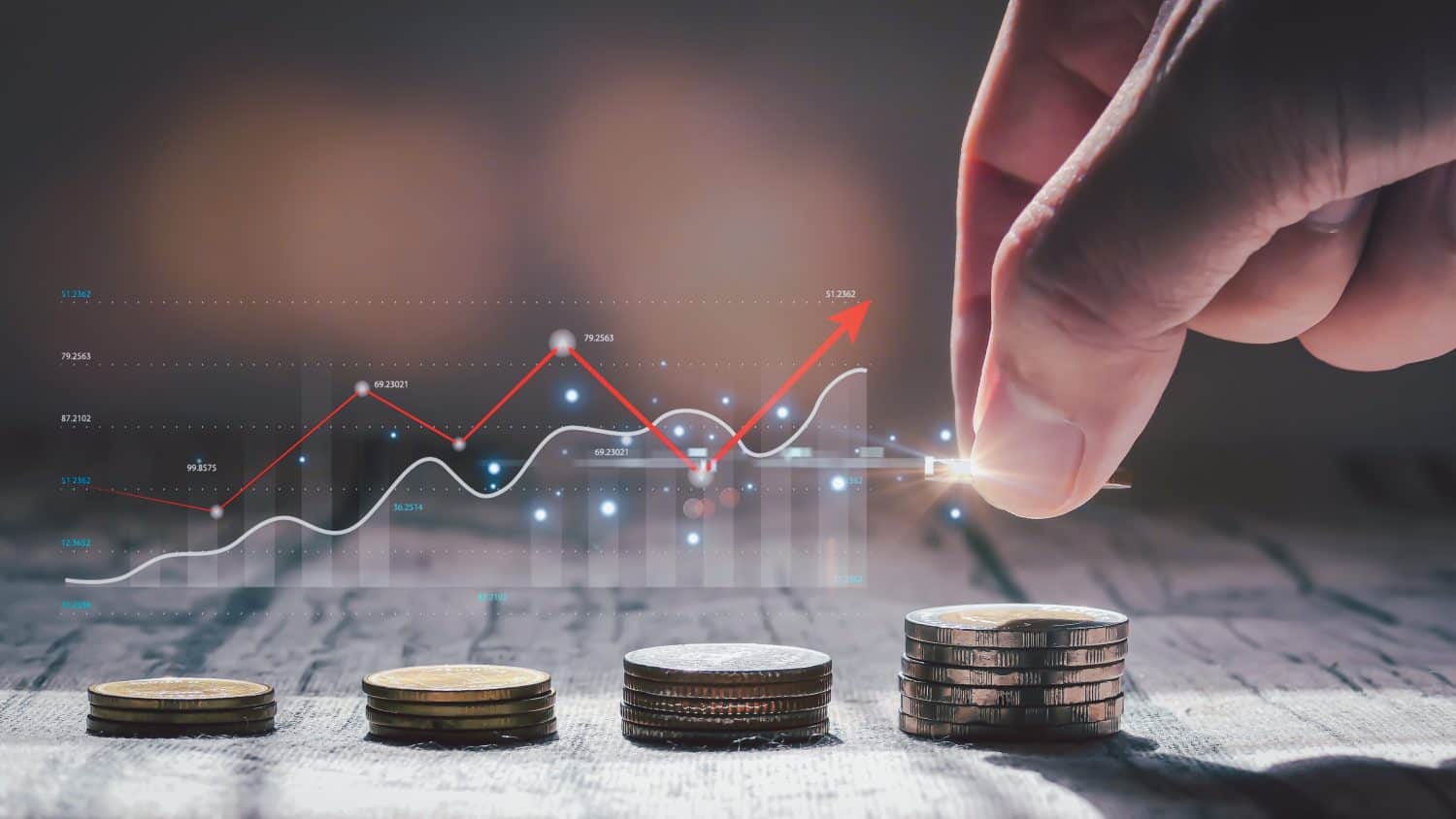
For investors hungry for a nice raise in their passive income, the higher-yielding dividend exchange-traded funds (ETFs) may be worth a closer look. Undoubtedly, high yields could fall off as rates move lower, so if you think it will be somewhat harder to achieve elevated but still secure yields in 2025 or 2026, perhaps it’s not a bad idea to stash some of the more promising high-yielders on your radar as you look to take advantage of any near-term pullbacks.
Indeed, the “buy ahead of much lower rates” trade may be getting exhausted, with various high-yield and real estate investment trusts (REITs) beginning to pull back in recent weeks. It’s tough to tell when the sell-off will end, but it’s hard to argue against buying the dip if you found yourself chasing the high-yielding plays on strength through the summer.
In this piece, we’ll check in with two interesting yield-heavy ETFs offered by Invesco that may make sense to monitor as they come in further. Though I’d not be afraid to buy today, patient investors may be able to land better entry points as turbulence hits going into the year’s end.
Key Points About This Article
- High-yielding, smaller-cap-focused ETFs may make sense for you if you’re bullish on lower rates.
- The KBWY and XSHD ETFs boast yields well north of 7%. But are they a right fit for income investors?
- If you’re looking for some stocks with huge potential, make sure to grab a free copy of our brand-new “The Next NVIDIA” report. It features a software stock we’re confident has 10X potential.

Invesco KBW Premium Yield Equity REIT ETF
The Invesco KBW Premium Yield Equity REIT ETF (NASDAQ:KBWY) is one of the most appealing higher-yielding plays on the market right now. The ETF provides instant exposure to publicly traded small- and mid-cap REITs with relatively swollen yields.
Undoubtedly, there’s a greater degree of risk that comes with investing in businesses with smaller market caps. That said, higher risk can entail more significant growth and yields. As interest rates begin to retreat, it’s risk-on REIT ETFs like the KBWY that could have a runway to the upside. The main draw to the KBWY is the massive 7.6% distribution yield. Additionally, the ETF is in a historic rut, still down more than 46% from its all-time high last seen in 2017.
Indeed, the pandemic crash and rate hike-fueled sell-off have weighed quite heavily on the ETF. More recently, shares have begun marching higher for the summer, now up around 28% from 52-week lows, thanks primarily to higher hopes of lower rates.
The volatility that comes from smaller REITs will not be for everyone. At the time of writing, the KBWY sports a 1.22 beta, implying an above-average correlation to the market. If you’re comfortable with amplified volatility, elevated market risk, and outsized rate sensitivity, perhaps the swollen yield makes the ETF worth careful consideration. If your investment horizon is less than two years, however, it may make sense to pursue less-risky lower-yielding ETFs.

Invesco S&P Small Cap High Dividend Low Volatility ETF
If you want high yields with less volatility, the Invesco S&P Small Cap High Dividend Low Volatility ETF (XSHD) may make sense to pick up. At writing, the yield sits at 7.21%, just slightly lower than that of the KBWY. And with a 1.05 beta (pretty much in line with the S&P 500), the XSHD is far less choppy a ride than the KBWY or most other yield-heavy ETFs.
The ETF has a good mix of financials, utilities, and REITs, providing investors with a more diversified mix of dividend heavyweights. Notably, the XSHD boasts a rather heavy concentration in the financial sector, with a more than 25% weighting. Indeed, the financial sector can be a less choppy ride when times are good.
That said, should an economic downturn strike, such names could be in for potentially amplified downside. With a number of mortgage-related firms, those who have no desire to be overweight in housing may wish to look for other options out there.
Which high-yield ETF is the better buy right now?
Between the KBWY and the XSHD, I’d have to go with the latter. However, I do acknowledge the elevated risks that come with betting on the smaller-cap names, even with the likelihood of a much lower-rate environment that could be ahead of us. As always, do the homework before you make any moves, especially if you’re looking to bear more risk for more yield.
Take Charge of Your Retirement: Find the Right Financial Advisor For You in Minutes (Sponsor)
Retirement planning doesn’t have to feel overwhelming. The key is finding professional guidance—and we’ve made it easier than ever for you to connect with the right financial advisor for your unique needs.
Here’s how it works:
1️ Answer a Few Simple Questions
Tell us a bit about your goals and preferences—it only takes a few minutes!
2️ Get Your Top Advisor Matches
This tool matches you with qualified advisors who specialize in helping people like you achieve financial success.
3️ Choose Your Best Fit
Review their profiles, schedule an introductory meeting, and select the advisor who feels right for you.
Why wait? Start building the retirement you’ve always dreamed of. Click here to get started today!
Thank you for reading! Have some feedback for us?
Contact the 24/7 Wall St. editorial team.





